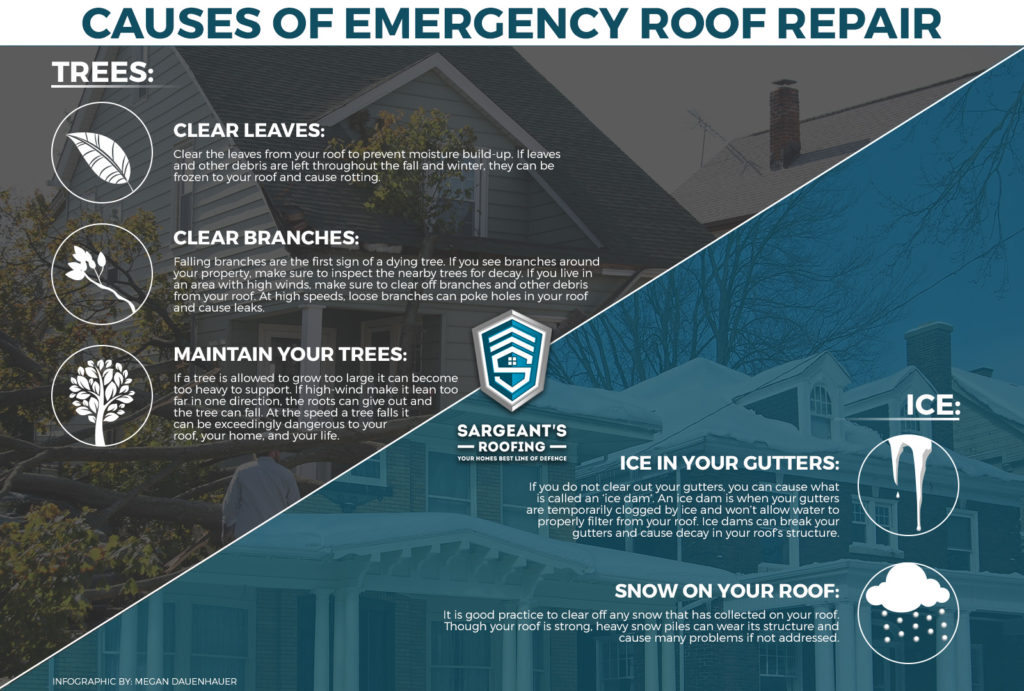The Duty Of Weather Condition In Roof Covering Setup: Choosing The Right Seasons And Conditions For Success
The Duty Of Weather Condition In Roof Covering Setup: Choosing The Right Seasons And Conditions For Success
Blog Article
Material Composed By-Johannesen Donnelly
When it pertains to roof covering setups, the weather can make or damage the task. Envision the irritation of dealing with materials that will not work together as a result of extreme warmth or battling slippery surface areas brought on by unexpected rainfall. Understanding the effect of climate condition on your roofing task is essential for a successful outcome. So, allow's check out how various weather condition elements can affect the high quality and longevity of your roofing installation, guaranteeing a job well done.
Influence of Temperature on Roofing Installment
When it concerns roof covering installation, temperature level plays a crucial role at the same time. The excellent temperature level for roof tasks usually drops between 45 and 85 degrees Fahrenheit. Extreme warm can trigger products like shingles to become also pliable, resulting in possible damage throughout setup. On the other hand, cool temperatures can make products brittle and prone to cracking. It's important to set up roof covering installments throughout modest temperatures to make sure the most effective result.
During colder climate, professionals might require to take additional preventative measures such as using warmed equipment or allowing products to heat up before installation.
On the other hand, hot weather may need job to be done earlier or later in the day to avoid the peak temperatures. By considering the temperature and its effects on roof covering materials, you can help guarantee a successful setup that will withstand the aspects for several years to find.
Effect of Precipitation on Roofing Projects
Roof projects can be significantly influenced by precipitation, impacting both the timeline and the top quality of the setup. Rain or snow can produce slippery conditions, making it risky for roofing contractors to deal with a damp surface. Furthermore, gutter repair san antonio tx can endanger the bond of products like tiles or underlayment, causing prospective leakages or damages in the future.
If it rains throughout a roof project, the water can seep into vulnerable locations, creating delays as the installment staff should wait for the roof to completely dry before proceeding. Too much moisture can additionally advertise the growth of mold and mildew and mold, more threatening the stability of the roof covering.
To avoid these issues, it's recommended to schedule roofing jobs throughout drier periods or check the weather report carefully to intend around any kind of potential rainstorms. By taking safety measures to work in favorable weather, you can make certain a smoother and more successful roof installation process.
Influence of Wind Rate on Setup Success
During roofing system installment, the speed of the wind plays a vital duty in establishing the success of the job. High wind speeds can present significant challenges to roofing professionals, potentially bring about safety and security dangers and high quality concerns. When wind speeds surpass recommended limits, it becomes challenging to take care of products, boosting the risk of accidents and damages to the roofing materials. Strong gusts can likewise impact the precision of dimensions and the accuracy needed for proper installment.
To guarantee a successful roofing system setup, it's essential to keep an eye on and consider wind speeds. Preferably, roof installation must take place on days with reduced to modest wind rates. This not only improves the security of the employees yet likewise enhances the overall high quality of the installation.
Roofing projects set up during calm climate condition are more likely to be completed successfully and with fewer mistakes. By paying https://www.architectureanddesign.com.au/suppliers/monier-roofing/concrete-roof-tiles-standing-up-to-stormy-weather to wind speed projections and planning accordingly, you can aid make certain a smooth and effective roofing system installment process.
Conclusion
So, when it pertains to roof setup, remember to take into consideration the climate condition to ensure an effective job. Optimum temperature levels, completely dry conditions, and modest wind rates are essential elements to focus on for a smooth setup process. By arranging your task during the most effective periods and suitable weather, you can achieve a durable and long-lasting roofing system that will certainly protect your home for many years to come.
